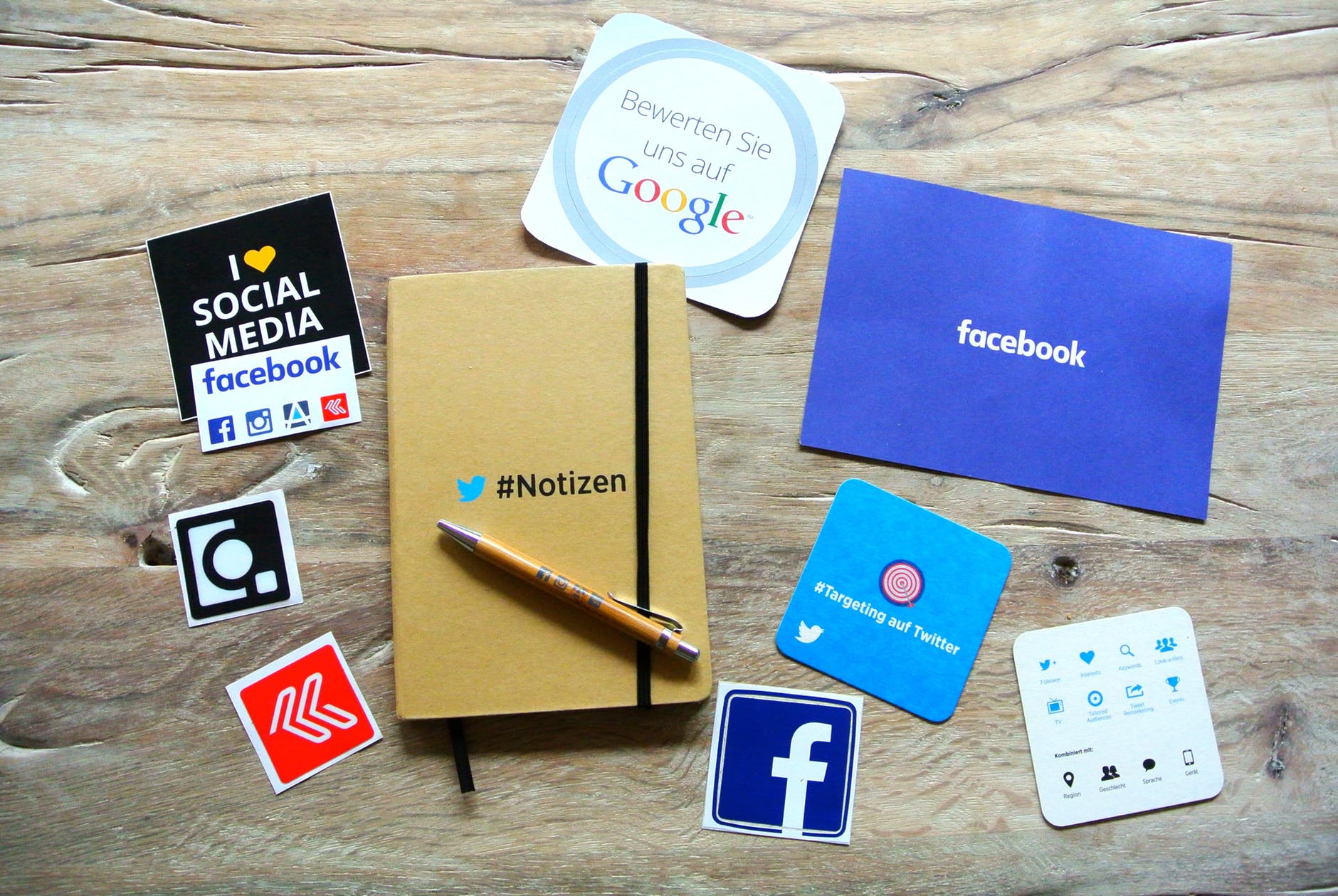Social Media offer brands a free platform to promote their products/services and grow their audiences. However, this begins with a solid strategy targeted at generating engaging content that will keep audiences coming back. To ensure this occurs you really need to understand your customers. This is what makes customer relationship management so crucial. Salesforce could help businesses to do this. Therefore, your brand needs to engage with consultant who practice promoting businesses otherwise due to complexity that we are about to discuss you will become overwhelmed. So, we have put together some of the latest techniques that you should be aware that are being used in Social Media. So, let dive in.
Live Streaming
Social Media users respond positively to moving images. A fitness brand should capitalize on live streaming. However, the brand needs a strategic approach; keep the content short and sweet, yet engaging. Effective live streams begin with a plot and a targeted message. Content may vary from highlights of an event or sneak peeks into the daily behind the scenes of the people involved in the brand. In live streaming, replays count as much as initial views. Consistent, creative and exciting content will keep audiences engaged.
Ephemeral Content
The content available today will not remain relevant in a few days or months. However, it can generate excitement and create engagement in the moment, forcing customers to research the brand. Capitalize on these moments to provide audiences with information they can use to relate more with the brand.
Augmented Reality (AR)
The technology behind Snapchat and Instagram growth filters or Facebook frames can play a role in enhancing brands. Custom filters and frames can transform customers and followers into brand ambassadors. Embracing sites like Instagram is vital. Using an Instagram growth tool would give you a headstart in doing this. You might also be interested in a company similar to Kenji that provides automated tools – similar to best ig bot – that may be helpful with growing and engaging with your audience.
Virtual Reality (VR)
VR technology works closely with AR, and is now affordably available to brands looking to grow their social media presence. Currently, brands can only share their VR content as videos on a limited number of social media platforms. However, the technology is growing fast, with the promise of limitless opportunities for brand engagement.
Infographics and Visual Experimentation
Social Media audiences thrive on visual content. Fitness brands need to come up with creative ways to relay their content visually. This begins with high quality photography, experimenting with different visual styles, developing a visual style and making use of infographics. Brands can build on their visuals to create provocative content that is eye-catching and sharable.
Social Media Influencers
Influencers and Social Media advocates often help brands by presenting them as a trusted authority to their followers, often with good results. However, the industry is highly unregulated and attracts a lot of scams. It is important for brands to look beyond numbers; for example, does the brand need buzz or is it looking to sell a specific product. Micro influencers may bring in more sales while advocates with a huge following may increase the trustworthiness of the brand.
Community Building
Social Media platforms are changing algorithms to ensure all brands pay for their content before it reaches audiences. Since these will increase the costs of online brands, fitness brands can harness the power of online communities and sharing to grow. This means creating share worthy content, and getting community members to rally around the brand. Fitness brands can also connect with businesses with a shared interest, and grow their reach instantly. Collaboration between brands can bring in new clients, grow online communities, attract a new demographic and increase leads.
Content Creation
Blogs generate a huge number of leads; however, the key is to focus on content that goes beyond news and trends. Brands need to invest time and resources into understanding the needs of their audiences, and providing information readers can apply into their day-to-day lives. After taking the time to understand all of the data that is present, brands will be able to tailor their content based on the data they have received from users and make the content more appropriate. The content can vary from reviews of popular products; helpful advice; guided fitness challenges or even answering clients questions with detailed posts. Gathering all the data to help make suitable content isn’t always the easiest process, especially when there are personal and intricate data sequences. Some brands opt to use specialists, like those at Understanding Data and some opt to use an inhouse team to create content which will not only engage existing users, but also attract new users. Since fitness is a journey, brands can use this to create a series of posts users can follow when trying on a new fitness regime or a new diet. This creates additional opportunities for collaboration with other related brands.
Conversational Interfaces (Chatbots)
The use of chatbots is growing steadily, without forcing brands to provide a 24/7 technical support team. Businesses can engage with customers, answer simple questions, promote products, elaborate more on available offers and assist with order and delivery details. The growing technology now incorporates natural language processing, making it accessible even to small fitness brands.
Quizzes
Quizzes are quite popular and highly shareable; audiences love learning more about themselves, sharing discoveries with friends and getting personalized advice. The right algorithm can give user deeper insight into their audiences. Depending on the complexity of the quiz, brands can even ask for permission to access information from friends and mutual online connections. The data comes in handy when brands need to create customer profiles, understand consumer habits and develop new products.
Social Media offers a prime platform for brands to connect with audiences; it goes beyond marketing products to understanding customer preferences. So, fitness brands can use the information available from consumers to create new products and appeal to new audiences.



